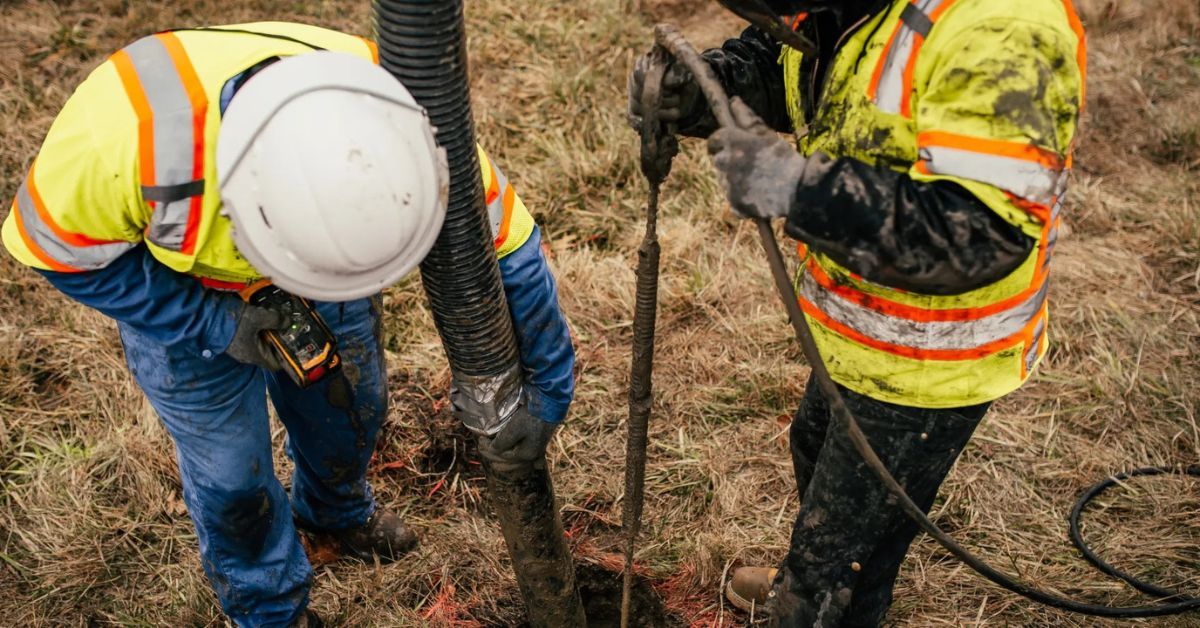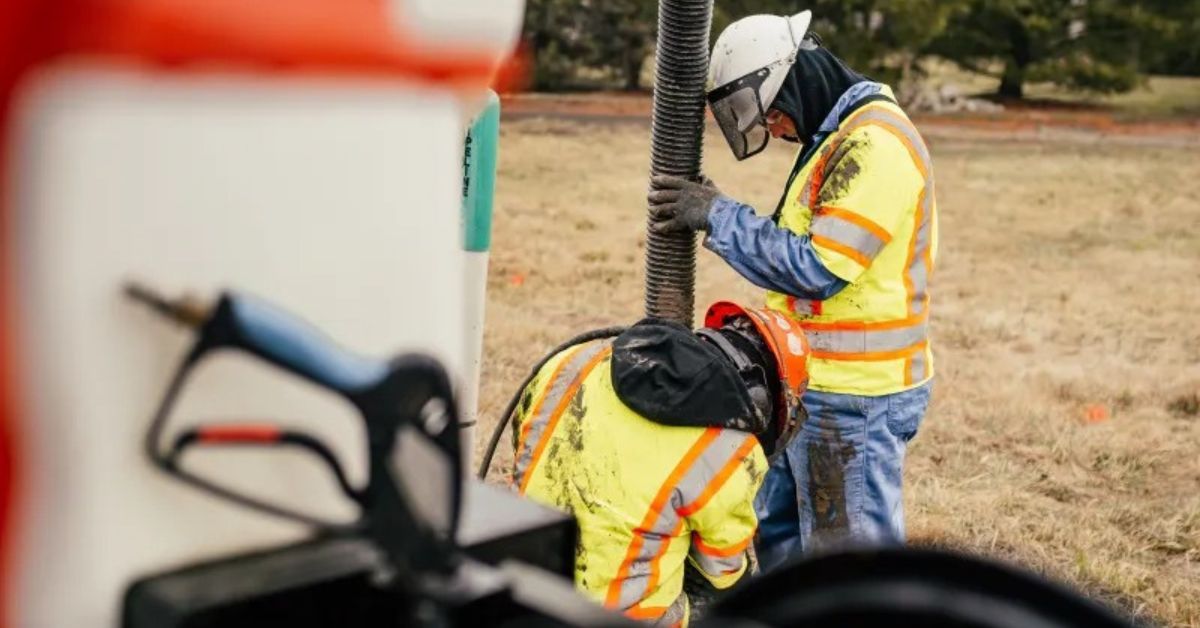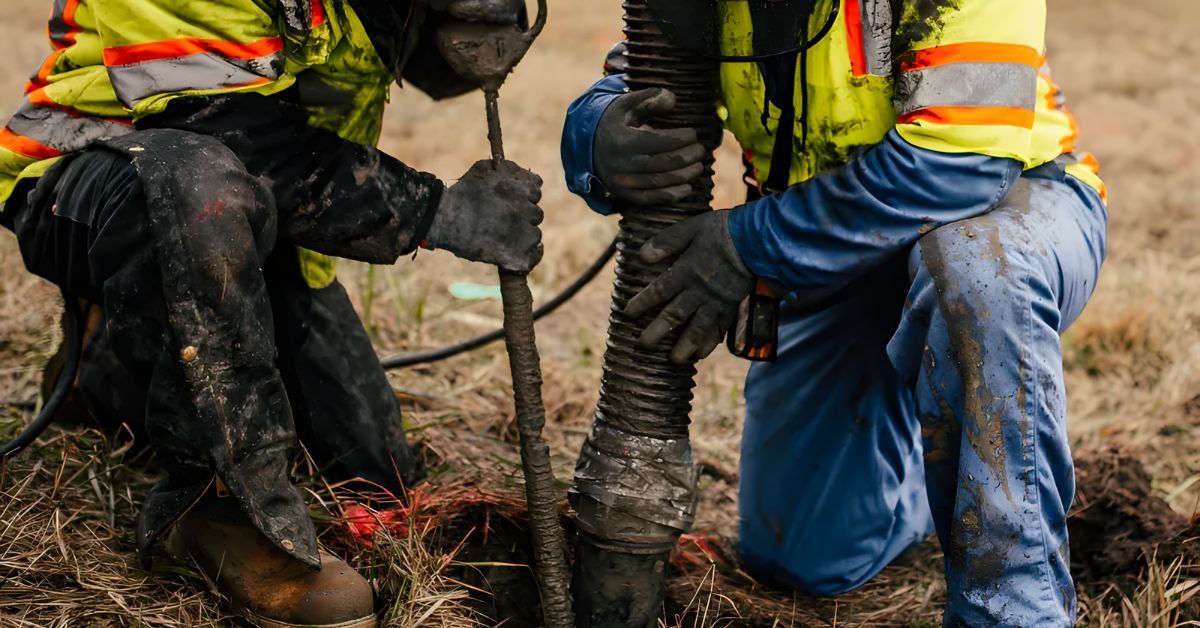
Vacuum excavation is revolutionizing the way industries approach digging and excavation tasks. Previously, locating underground utilities or clearing soil meant relying on traditional excavation methods, which were invasive, risk-prone, and time-consuming. Vacuum excavation, however, provides a groundbreaking alternative that prioritizes precision, safety, and efficiency.
But what is vacuum excavation, and how does it work as a modern digging solution? In this guide, we'll explain everything you need to know about the excavation method, from its benefits to how it compares against conventional excavation and its applications.
The Basics of Vacuum Excavation
Vacuum excavation is a process that uses air or water pressure to loosen soil and remove it through an industrial vacuum system. Unlike traditional machinery or hand digging, vacuum excavation minimizes disruption to the surrounding environment and eliminates the potential for damaging underground infrastructure.
The process begins with either compressed air or water, which the machine directs into the ground to break apart the soil. The powerful vacuum then extracts the now loose material and stores it in a debris tank. This method allows operators to safely expose underground utilities, pipelines, and other buried elements without causing harm to the surrounding infrastructure.
Hydro Vacuum Excavation
We've mostly discussed vacuum excavation that utilizes compressed air, but there's also hydro vacuum excavation, which instead uses water pressure to loosen the soil. While hydro and air vacuum excavation are quite similar, there are some key differences.
Hydro Vacuum Excavation
Hydro excavation services utilize high-pressure water jets to break apart compact or clay-heavy soil. This method is faster and more efficient for large-scale projects or when dealing with particularly tough ground. However, operators must transport and dispose of the liquid soil by-product, making it slightly less versatile in certain situations.
Air Vacuum Excavation
By using compressed air instead of water, this method creates a dry excavation process. It also means that operators can reuse the dry soil, making it more cost-effective for projects that require immediate backfilling. Air vacuum excavation is better for lighter, sandy soils or smaller-scale jobs.
The choice between air and hydro excavation depends on the nature of the project, soil conditions, and access points. Both methods are far safer and more efficient than traditional approaches, offering reliable results for complex projects.

The Key Benefits of Vacuum Excavation
Now that we know what vacuum excavation is, we can learn about the key benefits of this modern digging solution. Vacuum excavation provides many advantages to excavation work sites, from safety to excavating safety and environmental stability.
Greater Safety on Site
Safety is always the priority when it comes to construction and excavation sites, but traditional excavation methods pose many risks to workers and the surrounding community. Conventional digging methods can damage underground utilities, including cables, pipelines, and water lines.
Vacuum excavation minimizes this risk with its non-invasive approach, protecting not just the infrastructure but also on-site workers. By reducing the likelihood of utility strikes, projects are less likely to experience delays, accidents, and associated costs.
Precision and Minimal Damage
Another advantage of utilizing vacuum excavation for digging is that the precision is much better than that of conventional methods. Vacuum excavation's accuracy allows operators to target specific areas and avoid unnecessary disruption to the surrounding soil. This exactness significantly reduces surface damage, limits the need for backfilling, and minimizes site restoration efforts, saving time and money.
Environmental Sustainability
Because vacuum excavation is non-destructive, it helps preserve the natural integrity of the excavation site. This is why this method is preferred for environmental researchers and those looking to extract soil with minimal disruption to the surrounding landscape. It also allows excavators to reuse the soil they extract as backfill material, reducing waste and promoting eco-friendly practices.
Time and Cost Efficiency
On work sites, time is always money, which makes efficiency a priority for site managers and operators. With faster excavation and fewer risks of damage, vacuum excavation translates to more cost-effective operations. Whether you're trenching for new installations or repairing existing utilities, the method saves time and minimizes the potential for expensive delays or repairs.
Versatility Across Industries
Vacuum excavation is highly adaptable and can serve a variety of sectors, including construction, municipal work, utility repairs, and environmental maintenance. Its ability to perform in confined or sensitive spaces makes it indispensable for complex projects.

Vacuum Excavation Applications
As we discussed, the versatility of vacuum excavation is one of its key advantages over conventional digging. Due to its non-invasive or destructive nature, vacuum excavation is applicable for a wide array of projects and industries, from utility locating to environmental maintenance and research.
Utility Locating and Repairs
Vacuum excavation is ideal for exposing utility lines, pipes, and cables without damaging them. Instead of using other methods to guess where these underground services are, vacuum excavation allows workers to physically confirm their location. This is particularly helpful for routine maintenance or emergency repairs where precision is critical.
Environmental Maintenance
Vacuum excavation is exceptionally useful for clearing blocked gutters and cleaning storm drains or gullies. The digging method is also effective for environmental restoration projects, such as removing soil contamination or preserving tree roots. Environmental researchers also utilize vacuum excavation for soil and dirt collection as it only minimally disrupts the landscape.
Trenching and Potholing
Installation crews also utilize vacuum excavation for trenching in preparation for subsurface infrastructure like pipes or cables. Potholing, or daylighting, involves creating small test holes to verify the location of hidden utilities.
Confined Space Excavation
For areas that are difficult to access or require precision, vacuum excavation serves as the perfect solution. Its ability to operate via long hoses ensures that operators can excavate remotely or in confined spaces without compromising safety.
Vacuum Excavation vs Traditional Methods
Vacuum excavation is highly different than conventional digging. This modern solution is non-invasive, more precise, and much safer than traditional excavation.
Non-Invasive vs. Highly Disruptive
Traditional methods require heavy machinery and manual digging, which can damage underground utilities and disrupt the surrounding landscape. Vacuum excavation is far less invasive, greatly reducing the risk of damage and the need for extensive site restoration.
Precision vs. Broad Impact
Unlike traditional methods that may unintentionally dig beyond the target area, vacuum excavation provides pinpoint accuracy. This makes it ideal for projects requiring accurate attention, such as utility repairs or confined space work.
Faster Turnaround vs Extended Timelines
Vacuum excavation streamlines operations, which leads to faster project completion. Traditional methods involve lengthy processes, including removing excess soil and repairing site damage.
Safety-Centric vs Risk-Prone
By minimizing human involvement in the excavation process and protecting underground structures, vacuum excavation dramatically reduces on-site risks. Traditional methods, by contrast, expose workers to higher levels of manual labor and operational hazards.
Reap the Benefits of Vacuum Excavation with MPL
Vacuum excavation is a forward-thinking solution that's safer, more efficient, and more reliable than conventional digging. By combining cutting-edge technology with a commitment to precision, this method offers significant advantages over traditional alternatives.
If you think your project or organization could benefit from this modern excavation solution, Mason Private Locating is here to help. Our technicians are experts in air and hydro vacuum excavation services. Contact our staff to learn more about this excavation method and how it can help your project.













